The Caribbean region, known for its pristine beaches and vibrant cultures, faces an annual threat that looms large over its idyllic landscapes—hurricanes. These powerful storms, born over the warm waters of the Atlantic, have shaped the history, economy, and daily lives of the islands for centuries. The 2023 season has been no exception, with several major systems causing widespread damage and prompting urgent discussions about resilience and recovery.
A Season of Unrelenting Fury
This year’s hurricane season has been particularly active, with meteorologists noting an above-average number of named storms. By late September, the Caribbean had already endured multiple direct hits, including Category 4 Hurricane Fiona, which left a trail of destruction across the Dominican Republic, Puerto Rico, and the Turks and Caicos. The storm’s torrential rains triggered catastrophic flooding, while winds exceeding 130 mph ripped roofs from homes and toppled power lines, leaving millions without electricity for weeks.
The region had little time to recover before Hurricane Ian formed in the eastern Caribbean, rapidly intensifying into one of the strongest storms ever recorded in the area. Its path through Jamaica and Cuba was devastating, but it was the unexpected shift toward the Cayman Islands that caught many off guard. The storm’s unpredictable nature highlighted the challenges of forecasting in an era of changing climate patterns.
The Human Toll
Behind the statistics of wind speeds and economic losses lie deeply personal stories of survival and loss. In the fishing villages of Dominica, where Hurricane Fiona destroyed nearly 80% of the boats, communities face not just the immediate crisis of homelessness but the long-term threat to their livelihoods. "The sea gives us life, but now it has taken everything," one fisherman told local reporters as he sifted through the rubble of his home.
Healthcare systems across the islands have been stretched to their limits. Hospitals running on backup generators faced medicine shortages, while floodwaters became breeding grounds for mosquitoes, raising concerns about dengue and other diseases. The psychological impact is equally severe, particularly in areas still traumatized by the memory of 2017’s Hurricane Maria, which killed an estimated 3,000 people in Puerto Rico alone.
Economic Shockwaves
The financial consequences of this hurricane season will reverberate for years. Tourism, which accounts for over 50% of GDP in some Caribbean nations, has suffered severe disruptions. Major resorts in the Bahamas reported cancellations through the end of the year, while cruise lines rerouted itineraries to avoid storm-damaged ports. The agricultural sector, particularly the banana and coffee industries, saw entire harvests wiped out in minutes as trees were flattened by hurricane-force winds.
Insurance companies are bracing for claims that could exceed $20 billion across the region, a figure that doesn’t account for the vast majority of uninsured homes and businesses in poorer communities. The dilemma of rebuilding persists: construct more durable infrastructure at greater cost, or prioritize speed to revive economies, knowing the next storm could undo all progress.
Climate Change Connections
Scientists point to several troubling trends in recent decades: hurricanes are intensifying more rapidly, retaining their strength longer over land, and producing unprecedented rainfall. The waters of the Caribbean have warmed by nearly 2°F since the 1980s, providing more energy to fuel these storms. "What we’re seeing aligns with climate model predictions," says Dr. Elena Márquez, a meteorologist at the University of the West Indies. "The question isn’t whether climate change is affecting hurricanes, but how much worse it will get."
Rising sea levels compound the problem, as storm surges push farther inland than ever before. The Bahamas’ prime minister recently showed satellite images comparing coastal erosion from 1999 to present, revealing how some islands have lost nearly a mile of shoreline. This existential threat has prompted several Caribbean nations to lead global calls for climate reparations from industrialized countries.
Innovations in Preparedness
Amid the devastation, stories of resilience emerge. Cuba’s civil defense system, honed over decades, successfully evacuated over 200,000 people before Hurricane Ian made landfall—a major factor in the relatively low death toll there. Other islands are adopting similar early warning systems coupled with community-based response networks.
Architects are experimenting with hurricane-resistant designs, from elevated concrete homes to buildings with breakaway walls that reduce structural damage. Barbados recently implemented strict new building codes requiring storm-proof roofing techniques, while Dominica—still rebuilding from 2017’s Hurricane Maria—has committed to becoming the world’s first climate-resilient nation.
The Caribbean Disaster Emergency Management Agency (CDEMA) has pioneered regional cooperation, pooling resources for faster response times. Their recently launched satellite monitoring system provides real-time damage assessments, helping direct aid where it’s needed most. "We can’t stop the hurricanes," notes CDEMA’s executive director, "but we can change how we survive them."
Looking Ahead
As the 2023 season continues, meteorologists warn that warmer-than-average ocean temperatures could fuel additional storms well into November. The National Hurricane Center is monitoring three potential systems, reminding residents that preparedness cannot waver even in the season’s final weeks.
Long-term solutions remain complex and underfunded. The Caribbean’s small island nations contribute less than 1% of global greenhouse gas emissions yet bear disproportionate consequences. Their push for climate justice at international forums grows more urgent with each passing storm season. Meanwhile, the rhythm of life continues—fishermen mend their nets, children return to schools serving as shelters, and communities gather to rebuild, knowing the sea that defines their home may soon rise again in fury.

By Victoria Gonzalez/Apr 14, 2025

By Samuel Cooper/Apr 14, 2025
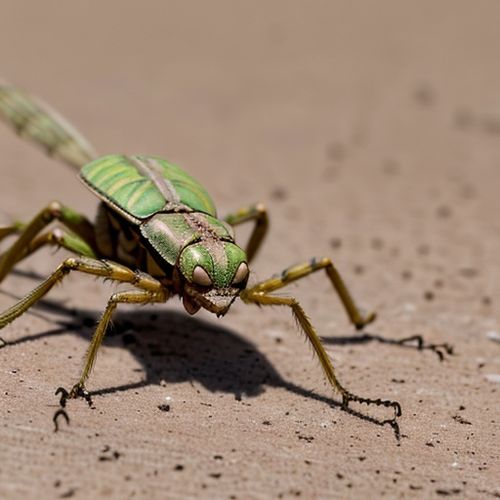
By William Miller/Apr 14, 2025
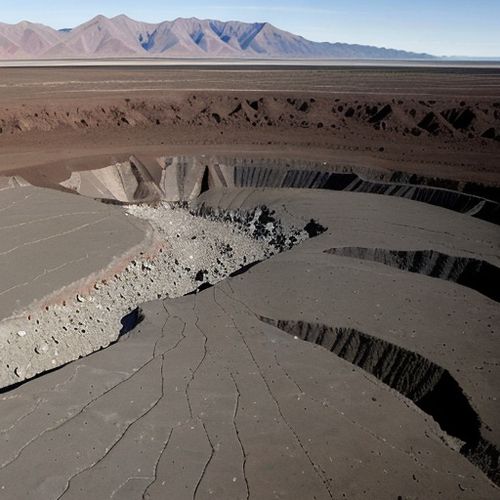
By Emma Thompson/Apr 14, 2025
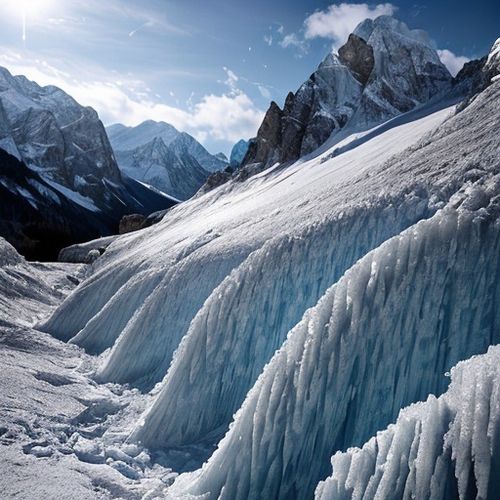
By Lily Simpson/Apr 14, 2025
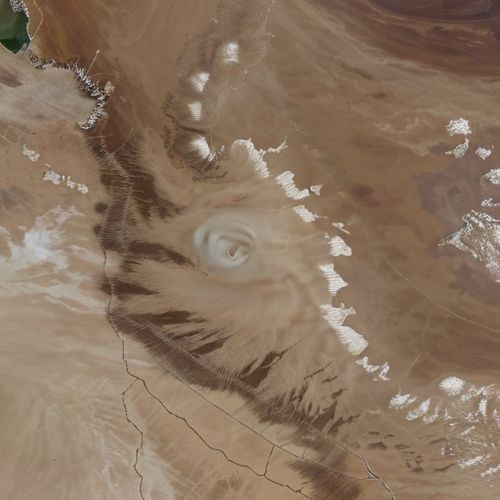
By Emily Johnson/Apr 14, 2025

By George Bailey/Apr 14, 2025
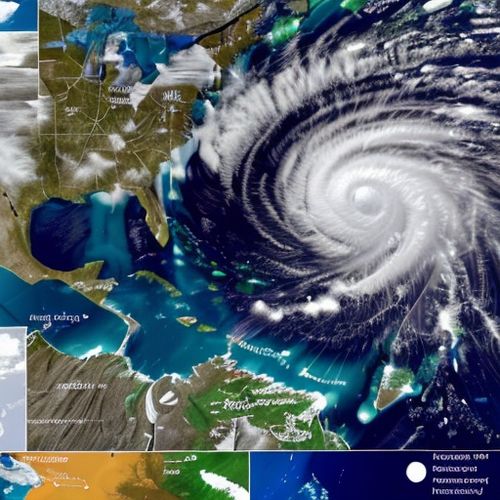
By Sarah Davis/Apr 14, 2025
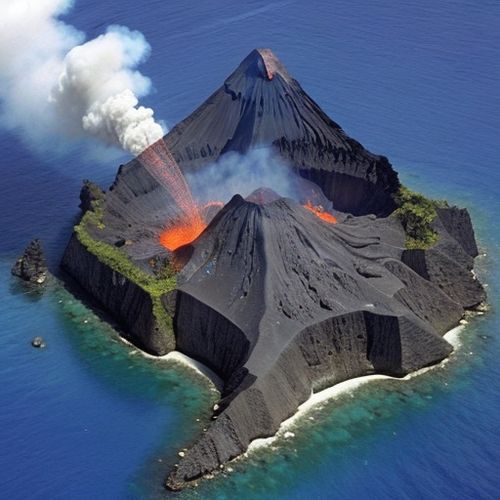
By Grace Cox/Apr 14, 2025
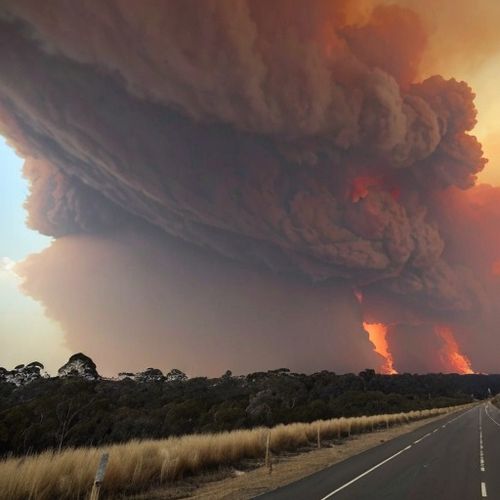
By Natalie Campbell/Apr 14, 2025

By Christopher Harris/Apr 14, 2025
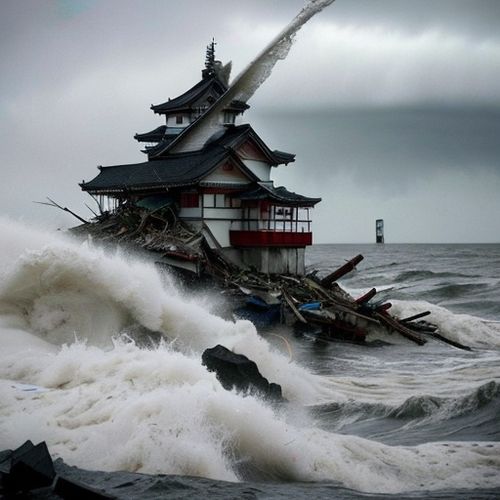
By Rebecca Stewart/Apr 14, 2025

By Joshua Howard/Apr 14, 2025

By Jessica Lee/Apr 14, 2025

By Eric Ward/Apr 14, 2025

By Lily Simpson/Apr 14, 2025

By William Miller/Apr 14, 2025

By Olivia Reed/Apr 14, 2025

By William Miller/Apr 14, 2025